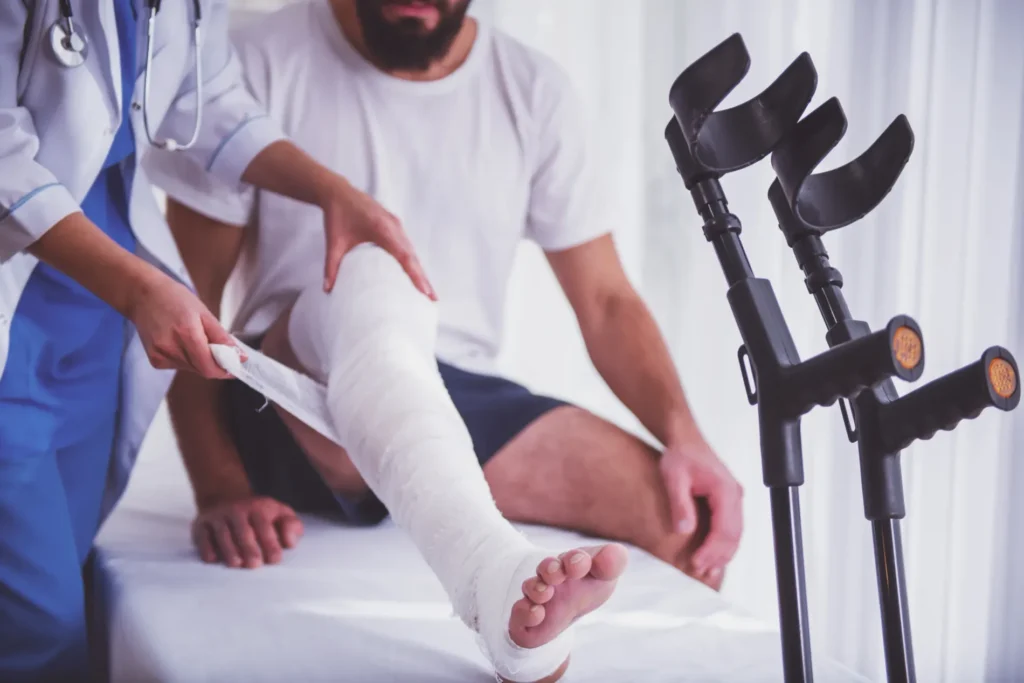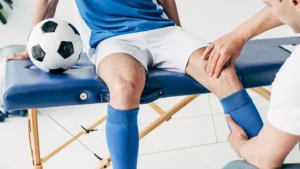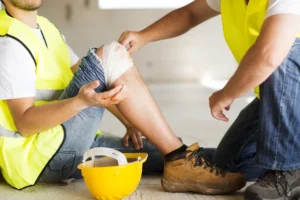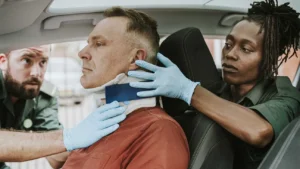Understanding the 7 Most Common Injuries and Effective Prevention Tips
Injuries can happen in the blink of an eye—at home, on the road, at work, or while enjoying sports and hobbies. While some accidents are unavoidable, many common injuries can be prevented with the right knowledge and precautions. Understanding what types of injuries occur most often and how to guard against them empowers you to take better care of yourself and your loved ones.
This article explores the seven most common injuries people experience and provides practical strategies to minimize risks, stay safe, and recover more effectively if they do occur.
1. Sprains and Strains
Sprains and strains are among the most frequent injuries worldwide. A sprain occurs when ligaments that connect bones are overstretched or torn, while a strain involves muscles or tendons.
How They Happen:
-
Sudden twists during physical activity
-
Slips, trips, and falls
-
Heavy lifting without proper technique
Prevention Tips:
-
Warm up before exercise
-
Wear supportive shoes
-
Use proper lifting techniques
-
Strengthen muscles with regular exercise

2. Fractures (Broken Bones)
Fractures range from small cracks to severe breaks. They can result from falls, car accidents, or direct impacts. Common fracture sites include wrists, arms, legs, and hips.
How They Happen:
-
Slipping on wet floors
-
Sports collisions
-
Car accidents
-
Osteoporosis in older adults
Prevention Tips:
-
Keep floors dry and uncluttered
-
Wear protective gear in sports
-
Ensure adequate calcium and vitamin D intake for bone strength
-
Drive safely and wear seatbelts
3. Cuts and Lacerations
From kitchen mishaps to workplace accidents, cuts and lacerations are a daily reality. While many are minor, deep cuts can lead to infection and require stitches.
How They Happen:
-
Handling sharp tools or knives
-
Accidents with broken glass
-
Falls that scrape skin against rough surfaces
Prevention Tips:
-
Use protective gloves when handling sharp objects
-
Store knives and tools safely
-
Keep a well-stocked first aid kit on hand
4. Burns
Burns are not limited to open flames. They can be caused by hot liquids, steam, chemicals, or electricity. Severity ranges from superficial first-degree burns to life-threatening third-degree burns.
How They Happen:
-
Spilling hot coffee or soup
-
Touching hot appliances
-
Chemical splashes in workplaces
-
Electrical malfunctions
Prevention Tips:
-
Use protective equipment when cooking or working with chemicals
-
Childproof kitchens and bathrooms
-
Inspect electrical wiring regularly
-
Follow workplace safety protocols
5. Back Injuries
Back injuries, especially lower back pain, affect millions of people each year. They often result from overexertion, poor posture, or sudden movements.
How They Happen:
-
Improper lifting at work
-
Sitting too long without ergonomic support
-
Sudden twisting motions
-
Sports or gym mishaps
Prevention Tips:
-
Practice good posture
-
Stretch regularly if sitting for long hours
-
Use proper form when lifting heavy items
-
Strengthen core muscles to support the spine
6. Head Injuries
Head injuries range from minor bumps to severe concussions. Even mild concussions can have lasting effects on memory and concentration if not treated properly.
How They Happen:
-
Falls at home or on slippery surfaces
-
Car accidents
-
Sports collisions
-
Cycling without helmets
Prevention Tips:
-
Always wear helmets during biking, skiing, or contact sports
-
Install grab bars and non-slip mats in bathrooms
-
Drive cautiously and avoid distractions
-
Ensure kids use protective headgear

7. Dislocations
A dislocation occurs when bones are forced out of their normal position in a joint. This is common in shoulders, fingers, and knees.
How They Happen:
-
Sports accidents (especially contact sports)
-
Falls on outstretched arms
-
Severe impacts from accidents
Prevention Tips:
-
Use proper techniques when exercising
-
Strengthen muscles around joints
-
Wear protective padding in sports
-
Avoid high-risk movements without guidance
Recovery Tips for Common Injuries
While prevention is the goal, knowing how to respond after an injury is just as important:
-
Seek medical care for fractures, deep cuts, head injuries, or severe pain
-
Rest, ice, compression, and elevation (RICE) for sprains and strains
-
Follow prescribed physical therapy to regain strength and mobility
-
Take injuries seriously to avoid long-term complications
Conclusion
Injuries are an inevitable part of life, but most can be prevented with awareness and caution. By learning about the most common injuries—sprains, fractures, cuts, burns, back injuries, head injuries, and dislocations—you can take steps to reduce risks, protect yourself, and respond effectively if accidents occur.
Knowledge is your first line of defense. With preparation and prevention, you can live a safer, healthier life.






